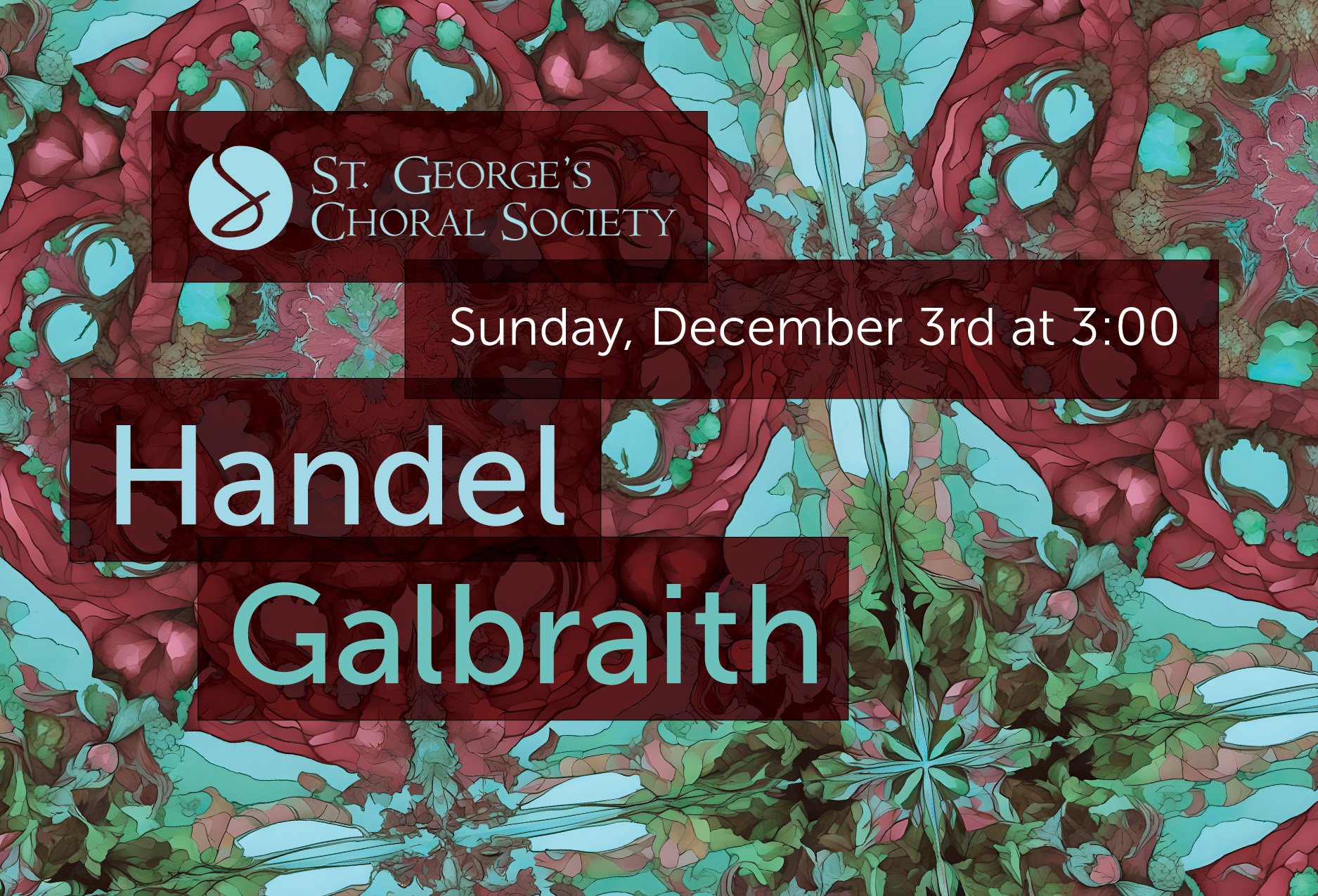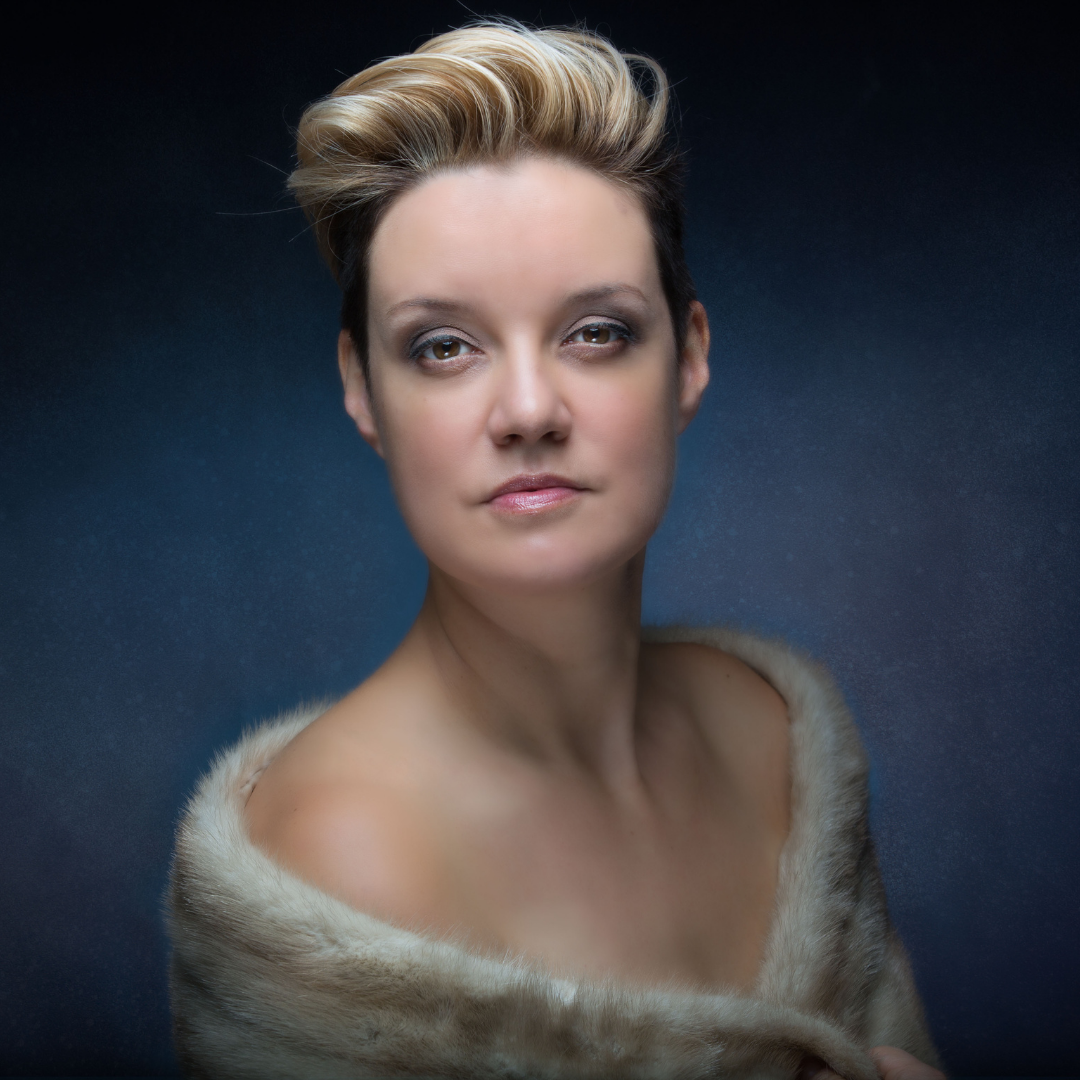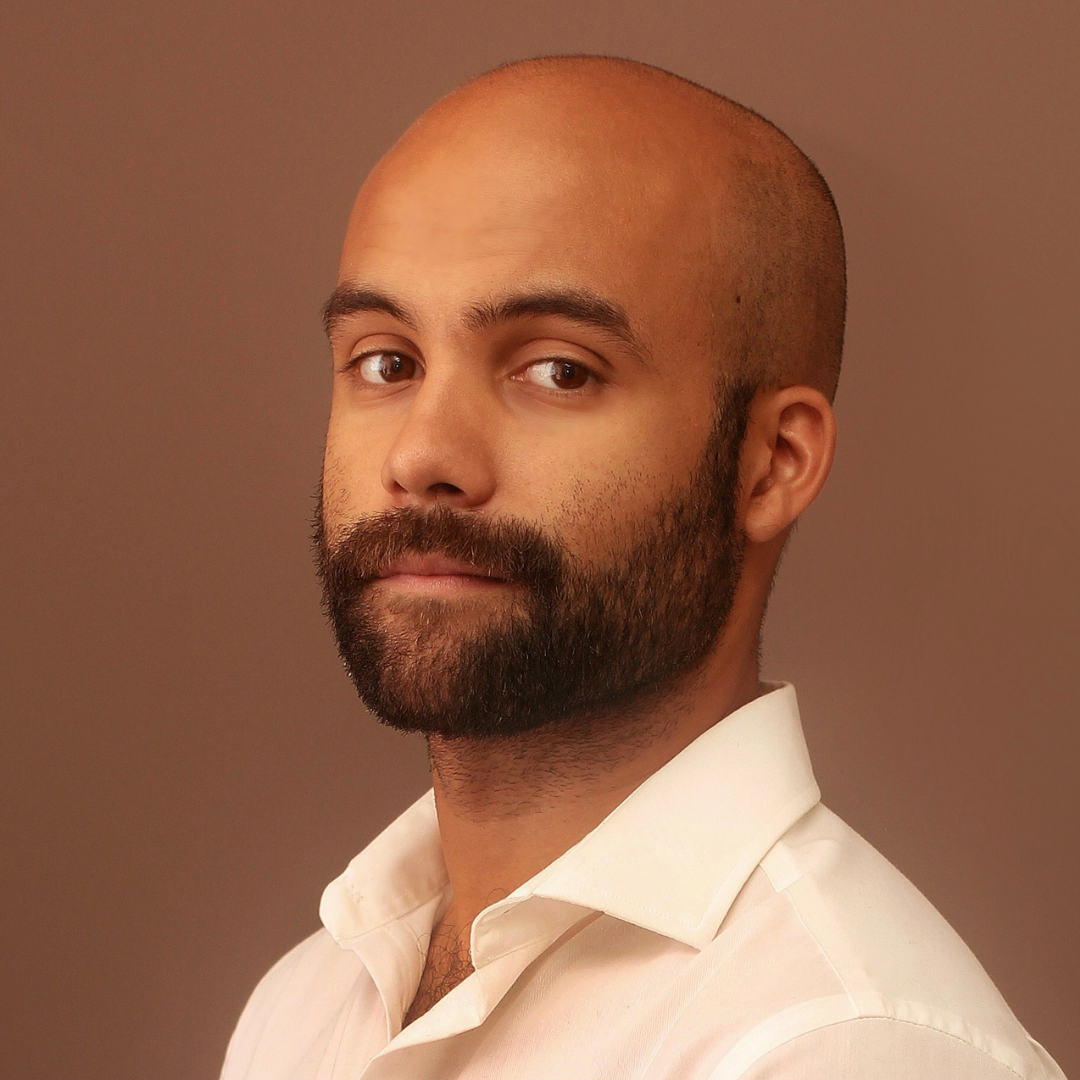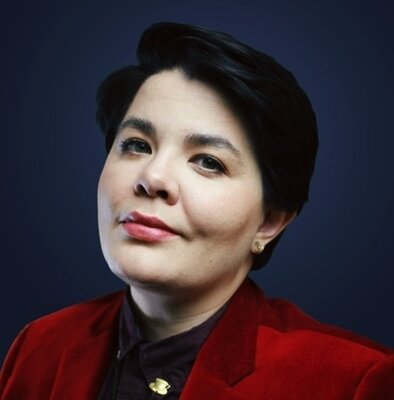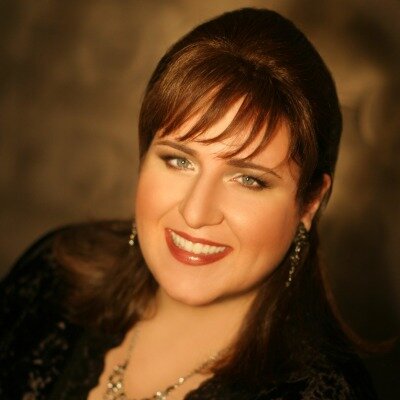Program Notes - From Across Central Europe: Spring Concert with Organ
/On Sunday, April 21 at 3:00 PM, we will be performing our Spring Concert at the Church of the Ascension, Fifth Avenue at 10th Street. Tickets are $30, available online at at the door.
When thinking of European classical music, our point of view historically has been focused on the tastes of the Western European-facing world. True, composers like Chopin, Liszt and Rachmaninoff wrought the distinct flavor of their native cultures into their music; Chopin’s mazurkas, Liszt’s Hungarian dances, and – in choral music – Rachmaninoff ’s magnificent All-Night Vigil come to mind. However, aside from the all-Russian Rachmaninoff, their works were still meant to fit into that Western European-facing environment. Central Europe has had its own rich cultural environment all along, though, and the rise of nationalism and ethnic awareness, especially in Eastern Central Europe, has broadened the musical mainstream. Kodály’s Hungarian linguistic heritage is distinctly non-Western European, as are Dvořák’s and Penderecki’s Slavic roots. From Dvořák’s late Romantic Czech music-infused world, Kodály and Penderecki take us into the 20th century and even deeper into their cultural-historical environment. Kodály – composer, pedagogue and ethnomusicologist – revolutionized music education. The Polish composer Penderecki broke with tradition, a leader in the avant garde movement exemplified by the Warsaw Autumn international festival of contemporary music.
In a program so rich in Central European influences, it seems the French organ would be out of place, but, on the contrary, it is an excellent fit. From the seasonal charm of French noëls to Bach’s complex polyphony, it is a model of stylistic and tonal flexibility. By Dvořák’s time the organ had developed into a self-contained orchestra – imitating strings, brass, and woodwinds. In the 20th century, the neo-Baroque/contemporary organ has also accommodated the Baroque revival of more recent years. Adding to its historically liturgical role, it has grown into become the ultimate solo and ensemble instrument.
As we venture into the musical world of Dvořák, Penderecki, and Kodály, enhanced by a great organ, we can hear how historical and cultural awareness informed their work. From expressive Romanticism to groundbreaking contemporary styles, they set the stage for an enormous expansion of our musical world, bringing to life the riches “from across Central Europe.”
Mass in D major, Opus 86
Antonín Dvořák (1841–1904)
Antonín Dvořák was already an internationally acclaimed artist in 1887 when he was commissioned by a close friend to compose a Mass for the consecration of small private chapel. Although the Mass in D major was later orchestrated, the more intimate version for soloists, chorus, and organ reflects the true character of the piece. Indeed, another version with just low strings added was still preferred by Dvořák over the later full orchestration. The original vocal ensemble was probably no more than 14 or so singers, further evidence to support using organ only.
While generally standard in its treatment of the Mass, Dvořák did take some liberties. The lyrical opening Kyrie starts right in, without an instrumental introduction. It follows the usual ternary Kyrie–Christe–Kyrie overall, although the second Kyrie ends by briefly bringing back the Christe theme. Both lengthy sections – the Gloria and Credo – demand syllabic settings to get through all the text. The Gloria must, of course open on a celebratory choral note, while introspective texts like the Gratias (We give thanks) and Qui tollis peccata mundi (Who takes away the sins of the world) are for soloists. Dvořák’s Credo also vividly expresses its text, drawing deeply on his colorful harmonic language. It opens as an unusual call-and-response dialogue of soft (small alto ensemble) against the loud (soprano-tenor-bass choir), reflecting the limited number of singers in the original performance; its theme has a tuneful folk-song-like quality. The Credo text is replete with opportunities for word-painting, and Dvořák does not disappoint: A jarring Crucifixus opens the pivotal crucifixion-to-resurrection narrative, the music faithful to its dramatic text.
The final two movements – Sanctus–Benedictus and Agnus Dei – offer Dvořák’s most unusual departures from the usual pattern. While the Sanctus opens typically grandly, perhaps suggesting tolling bells, the Benedictus, almost always written for soloists, is sung instead by the chorus. The Agnus Dei compensates, though, opening with a lengthy passage for solo ensemble. The chorus eventually joins in, there is a brief Dona nobis pacem – a treble-voice trio followed by the full chorus – and the Mass ends on a serene, intimate moment that perfectly matches its opening.
Agnus Dei (1981)
Krzysztof Penderecki (1933–2020)
Krzysztof Penderecki (1933-2020) was born the year Hitler proclaimed the Third Reich and died the year the COVID pandemic began. In the post-World War II Polish avant garde that arose from the ashes of scores destroyed during the war, his music is often deeply infused with an acute historical sense – witness his Threnody to the Victims of Hiroshima. Penderecki’s stated purpose, though, was to go beyond documentation of events and people: The music was meant just to be heard, transcending literal interpretation.
The Agnus Dei, one such work, is the final Mass movement composed for the Polskie Requiem (Polish Requiem). Like the Verdi Requiem, it began life as a single movement. Through the addition, over several years, of movements dedicated to different events and people, it became an integral work – a cumulative historical and personal record. Composed in memory of Penderecki’s friend Cardinal Stefan Wyszyński, who opposed the political extremes of National Socialism and Communism, the Agnus Dei is the only movement for chorus a cappella, the human voice alone acknowledging sin and pleading for peace and eternal rest.
The Lamb of God’s theme, established with the opening in F minor, reaches a first climax on peccata mundi (the sins of the world), but its mundane harmony lacks resolution. The music recedes for a new start. This time its increasing tension, coiling tighter and tighter like a spring, reaches a dramatic climax. Its building blocks, mostly ordinary intervals in different keys, are crushed together simultaneously into a choral primal scream. After that, grief can only unwind to quiet acceptance, ending in F – almost where it began, but in a hollowed-out, open consonance, the minor third gone. Its resolution, embodied in the Lamb of God, is sempiternam (eternal), but literally rest-less: The word requiem is absent.
Laudes organi (1966)
Zoltán Kodály (1882–1967)
Fantasia on a XIIth century Sequence ...
Commissioned in 1966 by the Atlanta chapter of the AGO (American Guild of Organists) for its national convention, Laudes organi (Praise of the Organ) is Zoltán Kodály’s last published work. The title has a double meaning: Organum can not only refer to the instrument, but to a medieval, chant-based liturgical style using multiple voices. The three-chord motif permeating Laudes organi from the very opening notes suggests that style, medieval and modern woven together. The subtitled fantasia form is rooted in improvisation, one of the skills an organist must master. Also on display is the composer’s distinct style, using the more flexible pentatonic (5-tone) scale type he preferred over the Western 8-note octave – for pedagogical and stylistic reasons. Traversing various key signatures through harmonic twists and turns, the listener experiences a musical kaleidoscope of harmonic color. The modern instrument, guided by the chorus, displays its dynamic range and ability to handle both contrapuntal and hymnlike textures, even showing off its long-held, low pedal points akin to the sustained tones found in medieval organum.
The Laudes organi text, Audi chorum organicum, is a sequence, a Latin poetic form with roots in liturgical chant. (The Dies irae from the Requiem mass is a well-known sequence.) An aesthetic delight, it is also a source of information about medieval terms and practices: The much smaller (sweeter) medieval organ requires a hearty soul’s manually pumping the bellows (and being admonished not to stand still). The poem’s “choir” may refer to the organ’s function, to accompany singing. The neumis it mentions is a gestural early medieval notation, basically a memory aid, pitch and melodic shape suggested rather than definitive. Kodály quotes the original chant at key points, unifying the fantasia’s poetic divisions and musical content. At the poem’s end, the “Guidoni” praised is Guido d'Arezzo (c.990-1050), a monk who formulated the foundation of the solfege method for learning and reading music with far more precise notation. For Kodály, the dedicated music educator, who better to honor than his medieval predecessor?
Ultimately, Laudes organi is a partnership of chorus and organ. The finale sums it up: a quiet Fiat (“So be it”), then a typical fugue on the word “Amen,” its climax a magnificent chord progression uniting chorus and organ. Emphatically punctuating that progression, the organ – as solo instrument and laudatory subject – takes the final bow.
Miriam S. Michel holds a master’s in Music History & Literature from C.W. Post/LIU, with further studies at NYU, specializing in medieval and Renaissance notation. A native New Yorker, Ms. Michel joined St. George’s Choral Society in 2023. She has enjoyed singing over many years in choruses in Cleveland, Ohio, where she received her bachelor’s degree in music, and in New York City.
The Manton Memorial Organ – The Church of the Ascension
Completed and dedicated in 2011, the Manton Memorial Organ was a gift to the parish of the Church of the Ascension by the Manton Foundation, in memory of church patrons Sir Edwin Alfred Grenville Manton and Lady Florence Manton. The organ, by Pasqual Quorin of St. Didier, France, was the first French-built pipe organ installed in New York City and the largest French organ built anywhere in almost 50 years. The organ is noted for its versatility – for styles from Baroque through 19th- and 20th-century French and on into contemporary music. It is that versatility that makes it an ideal instrument for tonight’s program, both in the late Romantic Dvořák Mass and the 20th-century Kodály work celebrating the organ, the “King of Instruments.”
Detailed information about the Manton Memorial Organ can be found at https://ascensionnyc.org/worship/manton-organ/.



